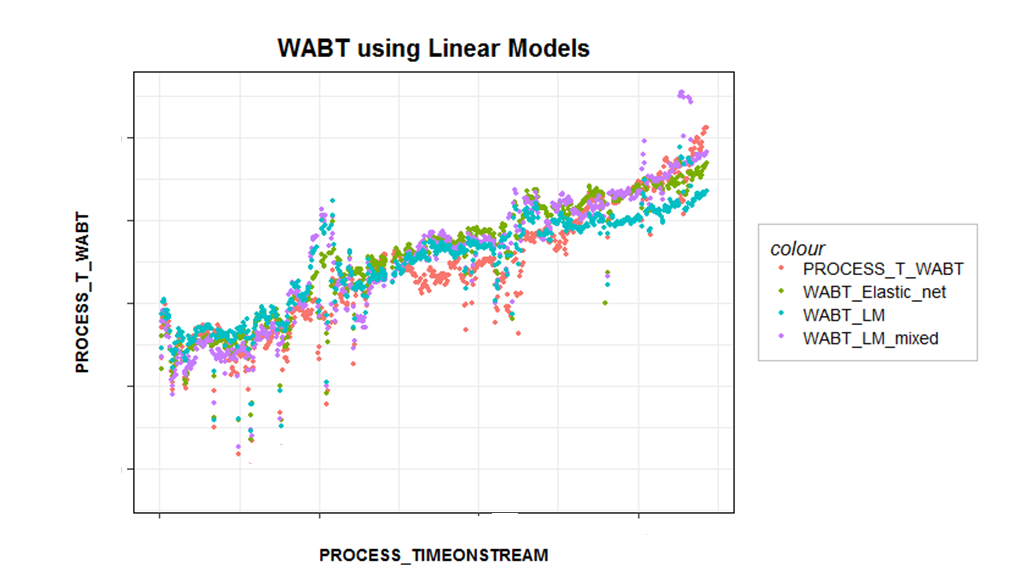Having access to increasingly precise and robust extrapolation models to be able to predict certain propertiesa remains a major challenge for chemical processes industry. For widely used models, be they simple or complex, the objective is to determine pertinent descriptors while reconciling two antagonistic constraints: on the one hand, a need for complexity in order to accept broad variations in feeds entering the process and, on the other, the scarcity of industrial data as well as their inadequacy, since they are generally limited to macroscopic properties.
An original approach consisted in using machine learning methods to identify key descriptors(1), adding a priori information on the shape and parameters of the kinetic models in order to guarantee the physical reality of the complete model(2). This approach is proposed both for the design of the reactors and for prediction of catalyst activity evolution during an industrial cycle. In this case, the time on stream (TOS) and catalyst historyb must be included.
In the model developed, variation of the predictive property is the product of an empirical function of the feed properties (and also, if necessary, of the TOS and past operating conditions) and of the function describing the kinetic model, including any inhibition terms.
The predictive quality obtained is illustrated via the evolution in reactor’s temperature as a function of the TOS (figure).

(Process_T_WABT = température mesurée)
This methodology makes it possible to obtain models that are precise and robust enough to be used industrially, for the design of new units or for the replacement of catalysts. They could be extended to other processes.
a - Nitrogen or sulfur content, conversion degree, reactor temperature, etc.
b - Temperatures, pressures, treated feeds, etc.
c - Weighted Average Bed Temperature
(1) J. J. Da Costa, F. Chainet, B. Celse, M. Lacoue-Nègre, C. Ruckebusch, N. Caillol, D. Espinat. Energy Fuels 2017,
DOI: 10.1021/acs.energyfuels.7b03266.
(2) P. J. Becker, N. Serrand, B. Celse, D. Guillaume, H. Dulot. Fuel 2016, 165, 306–315,
DOI: 10.1016/j.fuel.2015.09.091.
Scientific contact: benoit.celse@ifpen.fr






